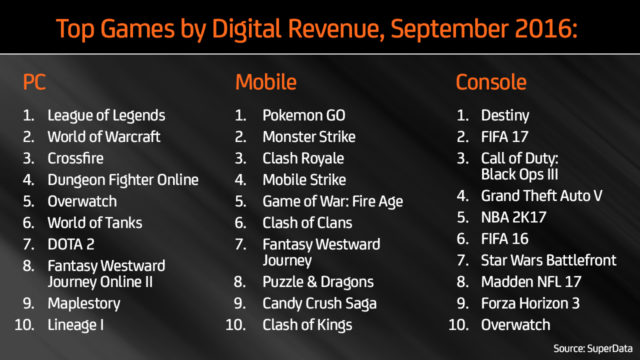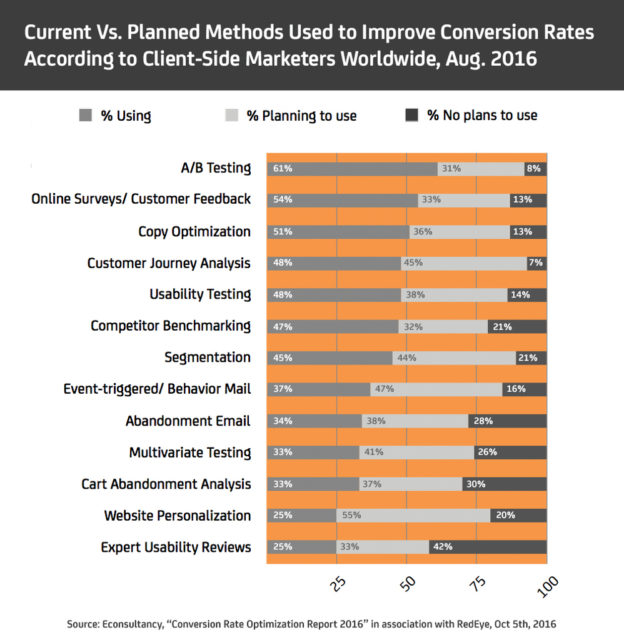This week we explore what makes shoppers tick, why the age of smart watches may be running out and sometimes, it pays to say “please.”
Is This The Real Life?
 Mixed reality—the combination of real and virtual elements—has been around for a while, but it’s experiencing a massive surge in popularity in recent years. The global mixed reality market is expected to reach $6.86 billion by 2024, according to a new report by Grand View Research, Inc. “The surging acceptance in entertainment and automobile and aerospace designing arenas is expected to boost the market growth,” the company states.
Mixed reality—the combination of real and virtual elements—has been around for a while, but it’s experiencing a massive surge in popularity in recent years. The global mixed reality market is expected to reach $6.86 billion by 2024, according to a new report by Grand View Research, Inc. “The surging acceptance in entertainment and automobile and aerospace designing arenas is expected to boost the market growth,” the company states.
In fact, a number of industries are utilizing mixed reality to preview shopping choices, vacations and more. “[Mixed reality] technology would become an essential part of the retail industry, which is expected to drive the industry growth over the forecast period. Most of the retailers would use this technology to provide their customers with an interactive experience, which gives their shopping a whole new edge.”
Competing In An AI World
Artifical intelligence is transforming the worlds of marketing and communications. According to a survey of 150 senior executives by Weber Shandwick across five markets, 68 percent said their brand is currently selling, using or planning for business in the AI era. When gauging which types of marketing will greatly affect their world, 55 percent named AI over social media.
Video Games Score Big In September
According to the latest report by Superdata, the global, digital video games market reached $6.2 billion in September—an increase of 5 percent over September 2015. While mobile game revenue saw an increase of 11 percent, PC saw an overall decline of of 6 percent and console sales dropped 14 percent.

Learning Your A/B Conversions
A/B testing is the most common form of conversion optimization used by client-side marketers, according to a worldwide poll by Econsultancy and Red Eye from August. 61 percent of participants said that they currently employ the comparison method, followed by online surveys (54 percent) and copy optimization (51 percent). When compared to 2015, marketer opinion on the importance of A/B testing remained unchanged at 60 percent, but exploring the customer journey became less important, dropping 2 percent over the previous year.
Are Smart Watches Out Of Time?
The worldwide smart watch market experienced a year-over-year decline in shipment volumes for the third quarter of 2016. According to data from the International Data Corporation (IDC) Worldwide Quarterly Wearable Device Tracker, 2.7 million smart watch units shipped in the third quarter, a decrease of 51.6 percent from the 5.6 million units shipped in third quarter 2015. “It has also become evident that at present smartwatches are not for everyone,” said Jitesh Ubrani, senior research analyst for IDC Mobile Device Trackers in a statement. “Having a clear purpose and use case is paramount, hence many vendors are focusing on fitness due to its simplicity.”

‘Pokémon GO’ Get A 3DS
Hype around the wildy popular Pokémon GO that launched in July, together with anticipation of Pokémon Sun and Moon in November, have inspired consumers to invest in Nintendo hardware worldwide. “On the hardware side, Nintendo 2DS saw sales growth,” reads Nintendo’s quarterly report. “The release of the smart device application Pokémon GO led to increased sales of software in the Pokémon series released in the past and drove the Nintendo 3DS family hardware sales growth, particularly outside of Japan.”
Socially Awkward
That little blue bird is having a rough time of it lately, not being acquired by after all, and discontinuing Vine. Currently, just 19.5 percent of internet users and 16.1 percent of the US population uses Twitter, compared to 51.5 percent on Facebook. Outside the US, only 3.9 percent of people around the world use Twitter this year, and by 2020 the figure is only expected to rise to 4.8 percent, according to estimates by eMarketer. There may be hope, however. eMarketer estimates that more than 52 million people in the US will use Twitter on a monthly basis, particularly with the rise of mobile app usage. The company predicts that a little less than half will use the service on both PCs and mobile devices, while a majority of US users will be on mobile for the first time in 2018.
All Hail Mobile, King Of The Internet
75 percent of Internet use will be accessed via a mobile device in 2017—up from 68 percent this year, according to a mobile advertising forecast released by Publicis’ Zenith unit. Covering 60 countries worldwide, the report focuses exclusively on mobile advertising and technology trends. Spain leads the way for internet markets with 85 percent, followed by Hong Kong at 79 percent, China at 76 percent and the US at 74 percent.
“Advertisers also need to think about consumer mobility, not just mobile devices,” the report notes. “During the day consumers shift their attention from tablet to desktop to smartphone, sometimes while watching TV, so advertisers need to build brand experiences that are coherent across screens and devices.” The report estimates that mobile’s share of global Internet usage will reach 79 perecent by 2018, nearly doubling since 40 percent in 2012.
Zenith predicts that mobile will account for 60 percent of all internet advertising, reaching $134 billion in total ad budgets and making it bigger than newspapers, magazines, cinema and outdoor advertising combined.
Looks Like A Job For Super Shoppers
Today’s breed of shoppers are the most informed they’ve ever been, with seemingly endless amounts of brand and product information at their mobile-using fingertips. Google Insights has compiled some telling data about these “super shoppers” that illustrates how and why they buy—and why they don’t. 76 percent of mobile shoppers, for example, change their mind about who and what to buy after searching on Google. Meanwhile, mobile searches for “cool gift ideas” rose more than 80 percent year-over-year.
Be Vewy Quiet, We’re Hunting Customers . . .
Despite very best efforts, all the charts in the world don’t always tell brands how customers behave and where. According to a report, Shopper Marketing: The New Rules of Engagement, 83 percent of marketers said customer data is informing them of behaviors on the brand’s website, but only 13 percent said their data points to customer behaviors outside the brand and retail partner sites. “While marketers say that access to real-time customer voice and shopping behavior is critical, less than 10 percent are able to tie their content efforts directly to customer shopping behavior,” says the CMO Council, who prepared the findings.
Don’t Block Me, Bro
Ad blocking is a big problem for online publications, including The Financial Times, with 20 percent of its traffic being affected. To combat revenue loss and gauge reader perception, The Financial Times conducted a 30-day experiment with 15,000 registered readers. Three groups were created, including a control.
The first group was asked to whitelist the newspaper’s website with their ad blockers, allowing its ads to appear normally. Even though they had the option of dismissing the notice, 40 percent agreed. The second group were shown a version of the site that had words missing—a visual representation of the percentage of the company’s revenue from advertising. 47 percent responded by whitelisting. The third group was given two options only—allow ads or leave. When given this ultimatum, 69 percent agreed to whitelist. Of the control group that wasn’t asked to whitelist the site, 5 percent did so anyway.

